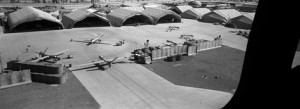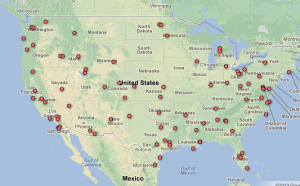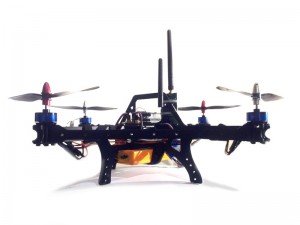
What Rules Should Govern US Drone Attacks?
Larry Towell/Magnum Photos
Drone aircraft at a US base, Afghanistan, 2011
As bits and pieces of the Obama administration’s legal justifications for its drone attacks trickle out, what is most striking is their deliberate ambiguity. The recent Justice Department “White Paper,” for example, is meant to give the impression that, at least for US citizen targets, the program has been carefully reviewed by lawyers, but it seems written to maximize the program’s latitude.1 That is obviously troubling for people who believe that the United States should conduct its counterterrorism operations in accordance with international law. It also sets a worrying precedent as other governments inevitably develop their own drone programs.

What does international human rights and humanitarian law require? Not necessarily abolition of the drone program. Yes, there is something disconcerting about drone operators killing their targets from the comfort and safety of their office—making war too easy, as some contend. But discrepancies of power have been inherent in warfare since the advent of the bow and arrow. And from the perspective of avoiding civilian casualties, drones are an advance. Like all weapons, they are only as good as the information available to their operators and their operators’ willingness to abide by legal constraints. But with their pinpoint accuracy and ability to hover for lengthy periods to verify a target and select the most propitious moment for attack, they have the potential to reduce the costs of war to civilians.
However, drones have set off controversy since they do kill civilians and are deployed far from any traditional battlefield where combatants are fighting the United States. Some have suggested they are counterproductive, arousing much resentment in the targeted countries and creating more terrorists than they stop. Killing Taliban and al-Qaeda forces fighting US troops may be a necessary evil in a traditional armed conflict like the one in Afghanistan. But what is the justification in places like Yemen, Somalia, or possibly soon Mali? And where does northwestern Pakistan fit?










